Hawks, Kites, & Vultures Migrating North
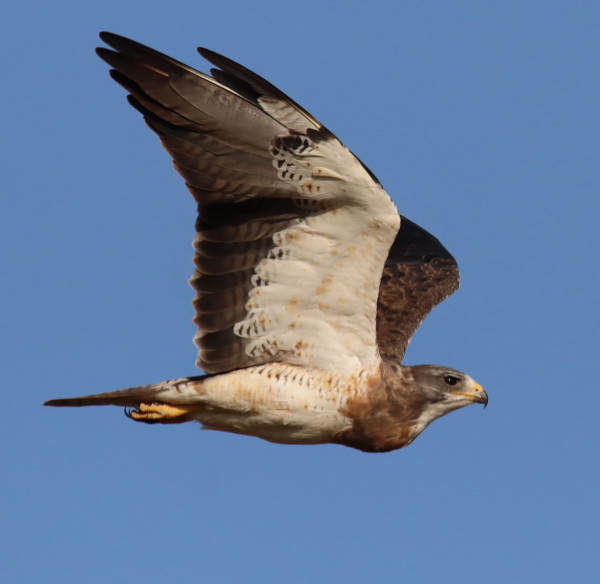
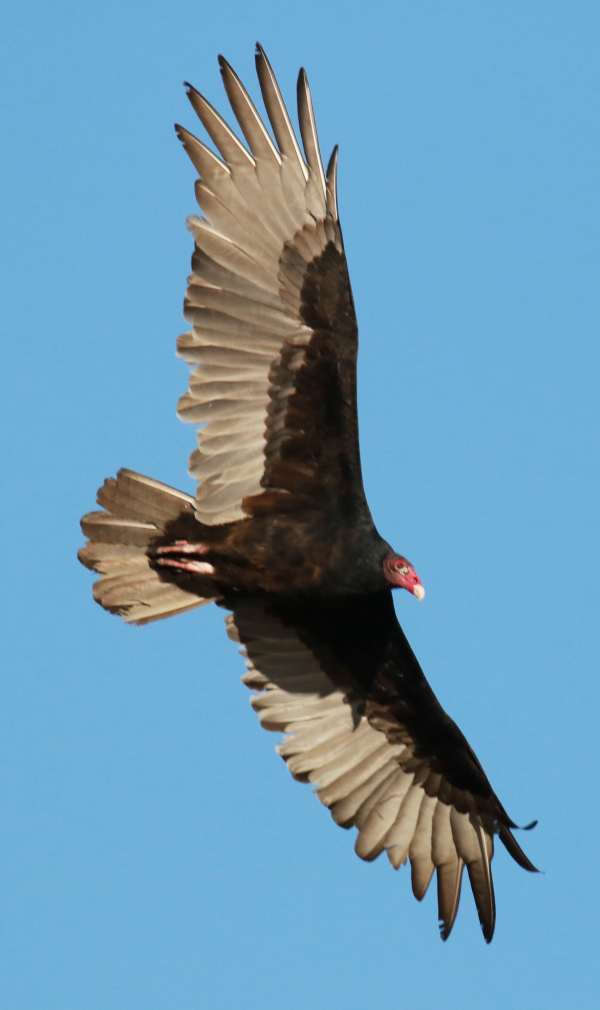
Vast migration flights of Turkey Vultures are underway, some days numbering in the tens of thousands. Read more
Outdoor commentary and legislative issues.

Goldfinch


Vast migration flights of Turkey Vultures are underway, some days numbering in the tens of thousands. Read more
Bozeman, Montana- In mid-February, the Nebraska Game & Parks Commission (NGPC) successfully captured, took biological samples from, collared, and released 36 bighorn sheep on-site in the Wildcat Hills as the second part of a two-phase project to enhance the state’s bighorn sheep population. The project was funded in part by the Wild Sheep Foundation (WSF), its Chapters and Affiliates, and other conservation partners.
“This capture was mostly about disease-testing protocols and new options to test, and hopefully get, rapid results in the field,” said Kevin Hurley, WSF’s VP for Conservation. “The biological samples collected were used to compare three different disease-testing methods against each other, to improve the overall speed and reliability of testing, something all WSF’s agency partners can use going forward.” Read more

Have bats in your home? Exclusions should occur before April bat maternity season starts
While Florida’s 13 native and beneficial bat species typically roost in trees, caves or other natural spaces, they can also be attracted to human-made structures. The Florida Fish and Wildlife Conservation Commission (FWC) recommends property owners check homes and other buildings for roosting bats before maternity season starts.
April 15 marks the start of bat maternity season and is the last day to legally exclude bats from your home or building. Bat maternity season, the time when bats give birth and raise their young, runs through Aug. 14. During that time, it is illegal to block bats from their roosts. If bats are excluded during maternity season, flightless young can be trapped inside the structure and die, which isn’t good for you or the bats. Now is the time to check your home for any entry points, ensure that no bats are present, and make any necessary repairs. If bats are found, you should take steps to exclude them with a properly installed exclusion device before bat maternity season begins. It is only legal to exclude bats from Aug. 15 through April 15. Read more
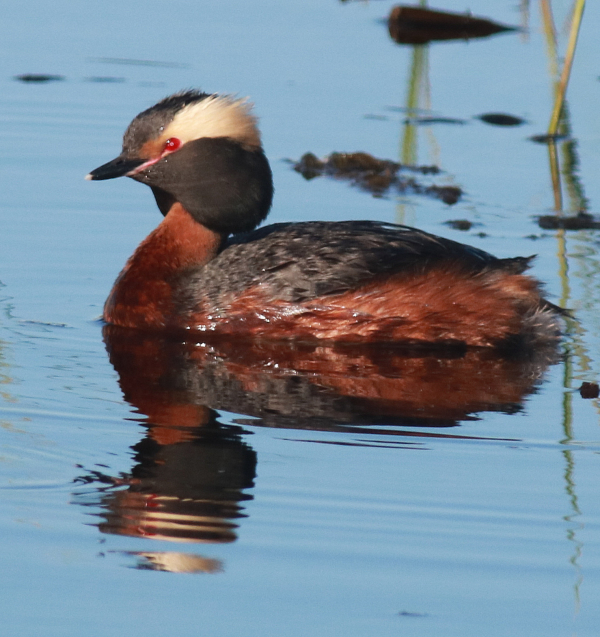
Wondering about where to go birding next? Or where to go birding on your next work trip or family vacation? There is a new website for you: Birding Hotspots is an open source website that collects information about birding opportunities and locations from local birders that include descriptions and maps of eBird hotspots from eBird and other websites and collaborators. Birding Hotspots provides birders with information about birding locations state by state, and you can refer to specific species you may be interested in searching for too.
Created and managed by Ken Ostermiller, a volunteer hotspot reviewer for eBird, this is an especially interesting new website for birders to refer to and you can also provide information to share with others. Ken is joined by Adam Jackson, a software developer who, along with many state editors and a wealth of birders who regularly contribute their sightings to eBird is building the new birding community resource. Check out the new website for yourself at Birding Hotspots

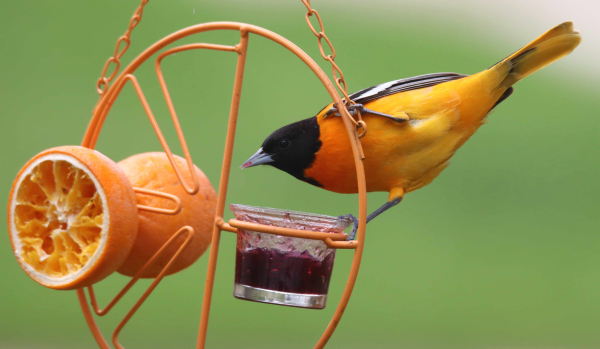
Spring migration can bring some of the most interesting, most exciting, most surprising, most appreciated birds to our yards. They arrive as single birds, as flocks, and in mixed flocks, but with the advancing change in weather and with increasing numbers of species beginning migration, it’s time to prepare for the variety of migrating birds. Our best bet to attract a greater variety of birds to our feeding stations is to provide variety at our feeding stations, adding to or even changing the kinds our winter foods we provide as the spring season progresses.
Everyone has a little different situation; with different habitats surrounding feeding stations, including urban and suburban habitats, and others. These variations can create different bird communities at locations just 10 miles apart, much less across a state or the continent. The key is to provide the foods that will attract the birds you most want to share your yard and feeding station with. It’s an exciting time of the year as the potential of new birds appearing on an almost daily basis.
Fill ‘er Up
Some species may quickly pass through your area, some may remain some days or weeks, and others will populate your neighborhood for the winter, or some part of it. Certainly, that’s part of the fun each fall as new species or birds we haven’t seen since spring migration arrive. Don’t miss the opportunity to host a new or favorite species this fall – and any season.
Give your feeding station daily attention. Read more
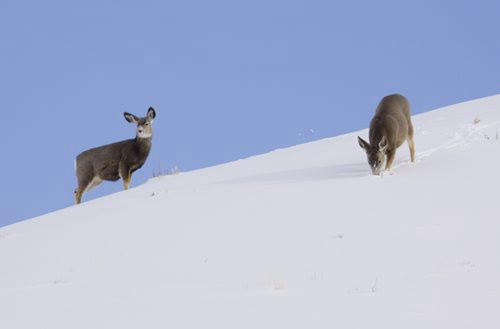
CHEYENNE – Much of Wyoming is experiencing an increase in snowfall and extremely cold temperatures this winter. Wildlife managers across the state are actively monitoring the impact on big game and are seeing increased mortality in some areas of the state.
“Wyoming is used to tough winters, but it has been a while since we have had a winter where severe conditions were so widespread across the state,” said Doug Brimeyer, Wyoming Game and Fish Department deputy chief of wildlife. “Wildlife managers throughout the state are acutely aware of the effects winter is having on big game populations.”
Harsh winters are not uncommon in the West. Wyoming’s big game have faced difficult winter conditions in the past, most recently in 2017. Game and Fish wildlife managers will incorporate winter severity and mortality as they formulate hunting season recommendations for the 2023 seasons. Read more
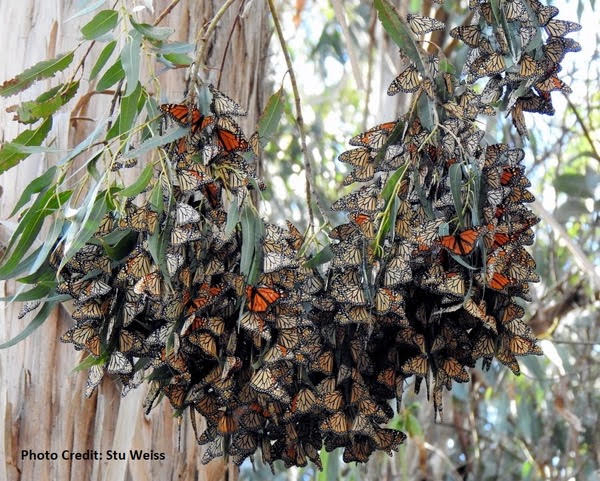
State and federal agencies in California are joining forces to address the decline of monarch butterflies and other pollinator species in the state. The Multi-Agency Monarch and Pollinator Collaborative aims to facilitate long-term conservation of the western population of the migratory monarch butterfly and its habitats, as well as other pollinator species in the state.
“Monarchs and other pollinators are critical to maintaining ecosystem resilience and preserving California’s biodiversity,” said California Department of Fish and Wildlife (CDFW) Director Charlton H. Bonham. “It will take a collective effort between agencies to make significant headway toward the state’s conservation goals and recover pollinator populations.”
Recent surveys reveal a positive turn for the monarchs. The 2023 count of overwintering monarchs along the California coast showed a robust population of more than 330,000 butterflies. This represents more than a thousandfold increase over the all-time low count of less than 2,000 individuals in 2020. Read more
RICHMOND, VA — The Virginia Department of Wildlife Resources (DWR) is happy to announce that the popular Richmond Falcon Cam is now live for the 2023 season and available for viewing at dwr.virginia.gov/falcon-cam/. The Falcon Cam is a live streaming camera which follows the activities of a peregrine falcon pair that nests in downtown Richmond, Virginia, atop the 21st floor of the Riverfront Plaza building.
Biologists monitoring the stream have observed the previous year’s pair on a regular basis throughout the past month. “Falcon fans will be happy to hear that our familiar female (95/AK) and male (59/BM) have once again shown an interest in utilizing the Riverfront building as a nest site,” said Meagan Thomas, Watchable Wildlife Biologist for DWR. “This pair has done an absolutely phenomenal job raising their chicks in the past two years, so I’m thrilled to see both birds on camera again.”
As long as no new birds show up and displace one of the current pair, the first egg will likely be laid around late-March. Until then, viewers can expect to see the falcons maintaining their nest, otherwise known as a “scrape,” and continue to engage in courtship behaviors, such as sharing prey items and repeatedly bowing to one another.
Comcast Business provides the Internet connection that allows thousands of wildlife lovers to follow the falcons via the live video feed of the nest. This is the seventh year that DWR has partnered with Comcast Business to facilitate the livestream. Read more
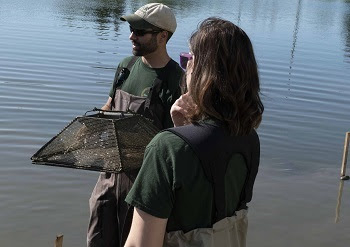
The state of Michigan Wednesday announced that 35 projects will share $3.6 million in grants through the Michigan Invasive Species Grant Program.
The program – cooperatively implemented by the Michigan departments of Agriculture and Rural Development; Environment, Great Lakes, and Energy; and Natural Resources – addresses prevention, detection, eradication and control of aquatic (water-based) and terrestrial (land-based) invasive species in Michigan through four key objectives:
This year’s grantees have offered $532,300 in matching funds and services to support these projects, leveraging a total investment of $4,132,300. Expanding prevention, detection and managementGrant funds will support several early detection and response efforts for watch list invasive species: Read more |
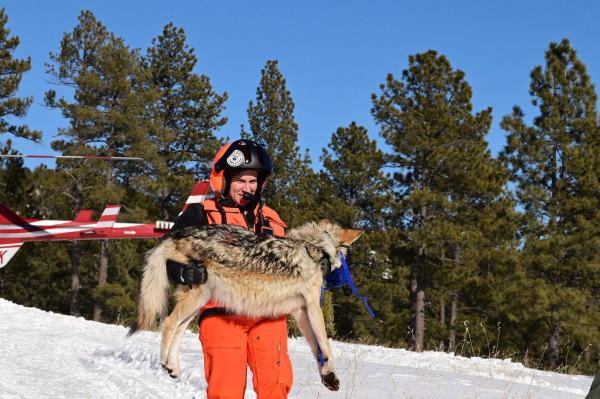
Milestone comes as reintroduction efforts approach 25th anniversary
PHOENIX — For the first time since reintroduction into the wild, the population of Mexican wolves in Arizona and New Mexico has surpassed 200, with a minimum of 241 wild wolves documented in 2022.
“This milestone has been 25 years in the making,” said Brady McGee, U.S. Fish and Wildlife Service Mexican Wolf Recovery Coordinator. “To go from zero wild Mexican wolves at the start to 241 today is truly remarkable. In 2022, we recorded more packs, more breeding pairs, and a growing occupied range, proving we are on the path to recovery. These achievements are a testament to partner-driven conservation in the West.”
The 2022 population estimate represents a 23% increase from the minimum of 196 wolves in 2021. This marks the seventh consecutive year of population growth and a more than doubling in size since 2017. The population is distributed with 136 wolves in New Mexico and 105 in Arizona.
“The road to recovery for any endangered species is neither straight or easy, and this has proven to be the case for the Mexican wolf,” said Jim deVos, Arizona Game and Fish Department Mexican Wolf Coordinator. “With the stunning growth that occurred in 2022, recovery has accelerated at an amazing rate. By every possible measure, progress was made, including the production from 31 breeding pairs that produced 121 pups, of which 81 were documented to having survived to the time of the count, which is a very high survival rate of 67%. While the road to recovery still has ground to be covered, in 2022, the recovery program covered a lot of ground.” Read more